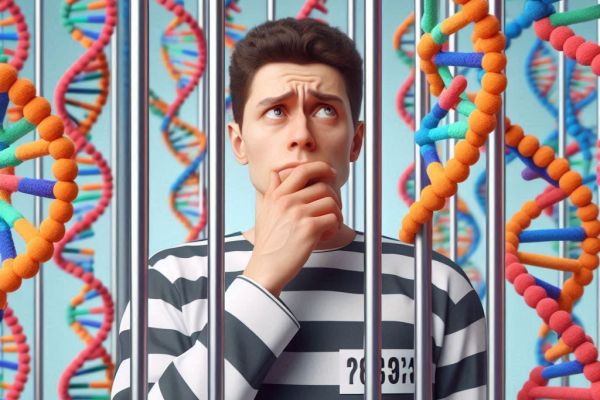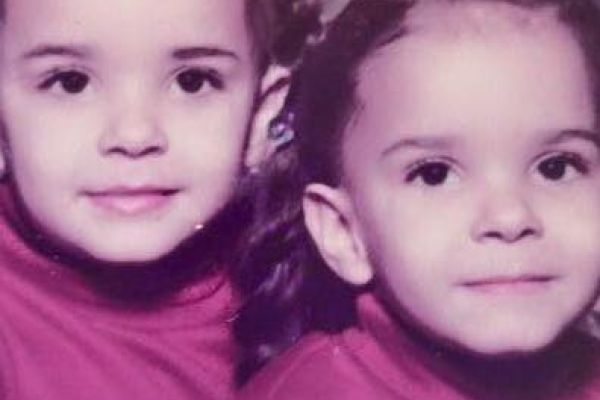What Are Identical Twins?
Identical, or monozygotic, twins develop from the same fertilized egg that splits into two. These twins are the same sex and share the same genes. Sometimes called paternal twins, identical twins provide evidence of a high degree of genetic influence on human development.

Identical twins share the same genes. But this does not mean the twins will be identical in every way. One twin may have a particular medical condition, while the other does not. Here again, epigenetic influences and developmental factors in the mother’s womb may influence one twin but not the other.
Yes. Not all identical twins look identical. Even though these twins come from the same egg and sperm, and even though they have identical chromosomes and genes, gene expression and the mother’s womb does have an impact; nutrients, for example, may not be evenly distributed between both twins.
Half-identical or polar body twins are born together. However, the mother’s egg splits in two and each half is fertilized by sperm from two separate males. This is called superfecundation. These twins can be of different or of the same sex.
No. However, there is an extremely rare genetic mutation where identical twins are conceived—of course in the same gender—but early in development, the egg essentially loses its Y chromosome. After which the embryos develop into a boy-girl pair.

Although rare, there are cases where a set of identical twins marries another set of identical twins, called the quaternary union. One such highly publicized twin merger is the double marriage of identical twins Brittany and Briana Deane with identical twins Josh and Jeremy Salyers. When both couples have children, they will produce identical twin offspring. This rare event means that the children will be genetic siblings and quaternary multiples.
Triplets are fraternal, identical, or both. Identical triplets are rare, and they occur at a rate of 1 in 20 million or 30 million. These identicals, just like twins, come from the same fertilized egg that splits into separate embryos.
No. While there are stories of twins dying within hours of each other, most identical twins die years apart. They also, for the most part, die for different reasons. DNA does not perfectly determine what diseases a person will carry, and lifestyle choices have an impact as well.
Identical twins do not share identical fingerprints. Fingerprint patterns are developed early during pregnancy, and the environment of the womb has a lot to do with how the prints are shaped. The position of the infant inside the womb would have an impact as well. The infant’s fingers, for example, could be holding the umbilical cord, which would affect and mold the fingers’ ridges.














